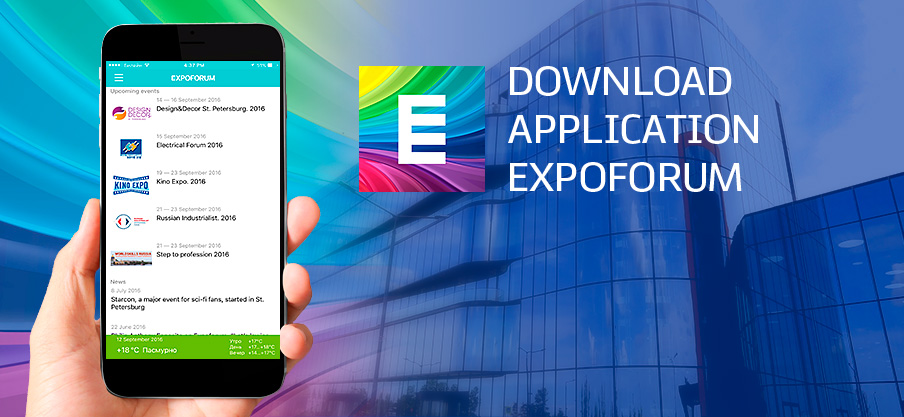Digital HR Management: HR Trends in Oil Companies
HR specialists from leading oil and gas companies shared their experience in digitizing business processes and implementing systems for assessing personnel performance in the panel discussion "Digital Transformation of HR Business Processes" at the HR Conference of St. Petersburg International Gas Forum.
Elena Obertinskaya, Deputy Head of the Organisational and Analytical Department of the HR Department of Transneft PJSC, distinguishes three steps on the path to digital transformation of a company. The first step is automation, or the transfer of typical routine tasks putting them under the control of the systems. The second one is the digitalization of business processes, which is often confused with automation. The difference between the processes is that digitalization reduces the number of steps to complete the tasks. And the final stage will already be the digital transformation itself, that is, a change in the approach to managing the company and personnel.
The Transneft Group outlined all its typical business processes in charts in order to implement an automated corporate system, which has now been implemented in 15 subsidiaries, said Elena Obertinskaya. The company's immediate plans are to optimise the relationship between managers and subordinates through the introduction of paperless workflow.
Ilya Dementiev, Rector of the Corporate University of Gazprom Neft PJSC, announced the company's ambitions to become a benchmark in the industry, that is, an example of business process management. This task lies primarily with HR specialists, who must not only engage in the selection of people for a particular position, but also distribute informal roles in the company. In the field of personnel management, the ability to work in conditions that are new to the personnel manager is also valued: as a rule, senior managers do not have time to bring the staff up to speed on every detail.
The speaker also expressed the opinion that not all companies should pursue automation, since any non-automated process can be stopped, but an automated one cannot be. Therefore, the price of the error will be much higher, and the specialist should be prepared for these risks. Another problem associated with automation is the impossibility of regulating data quality for automated processes, as well as the lack of personnel assessment tools. All these challenges predetermine one of the main competencies of a specialist - their skill to work with data.
Andrey Glazkov, Head of the HR Department of Tatneft PJSC, elaborated on this point in his talk speaking about the two-year master's program that the company launched to train highly qualified HR analysts at the Almetyevsk State Oil Institute. Applicants to this program must be fluent in English at a level no lower than Intermediate, have creative thinking and understand the mechanics of HR processes.
Tatneft has so far recruited only two groups, with 24 people having been trained, performing not only assignments given to them, but also acting as task managers setting tasks themselves. Graduate students do not work on textbooks, but read articles in English and learn programming. The training program is structured so that from the very first day students are distributed into real projects to work on them 24/7. During the existence of the master's program, graduates completed 16 real tasks of Tatneft.
Andrey Glazkov also said that their company has a unified personnel monitoring system that makes an assessment based on a quantitative and qualitative analysis of working communications, data on the organisation of work and information on the work schedule and employee absence from the workplace. According to him, in the hierarchy of personnel management, the leader is in the lowest position, and key roles are assigned to the engineer, analyst and data designer, who must collect all the necessary information and digest it lucidly. The second violin is played by a sociologist and statisticians, who can be represented by one employee, whose duties include analyzing staff motivation and involvement, as well as monitoring the implementation of recommendations received as a result of research.

 Calendar
Calendar
 Online application
Online application
 Map
Map
 How to get
How to get



